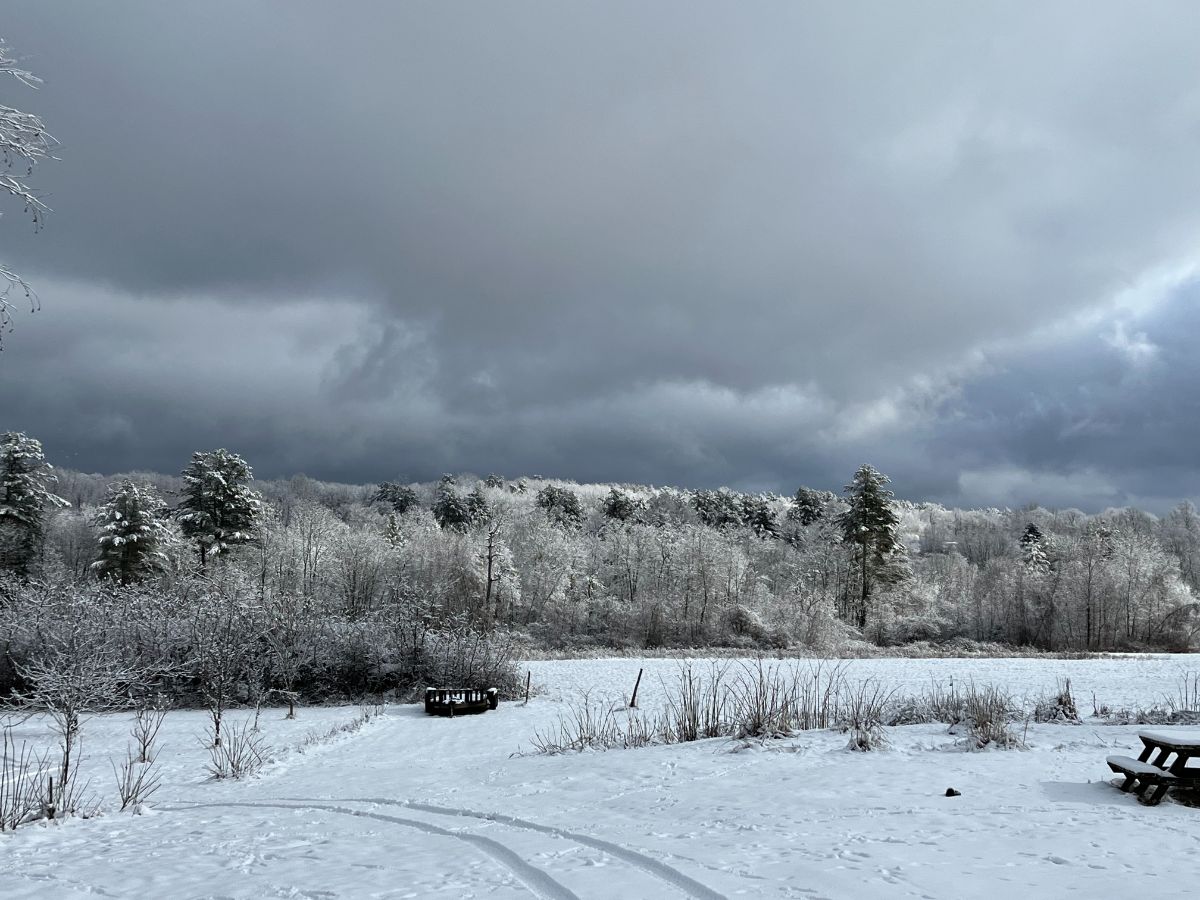
It’s nice to have some time to rest from the busy garden season, but when you feel that yard and gardening itch and you need to scratch it mid-winter, there are some things you can do.
Jump to:
- Winter Yard and Garden Work You Can Get Done to Get Ahead
- 6 Yard, Garden, and Landscape Tasks You Can Do Over the Winter
- 1. Mulch berry bushes and orchards (and other ornamental bushes)
- 2. Make new garden beds
- 3. Lay out new rows
- 4. Spread natural fertilizers
- 5. Cut back brush
- 6. Propagate new bushes, trees, and plants
- Why Winter Gardening and Landscaping is Better (Other than the Time Factor!)
Winter Yard and Garden Work You Can Get Done to Get Ahead
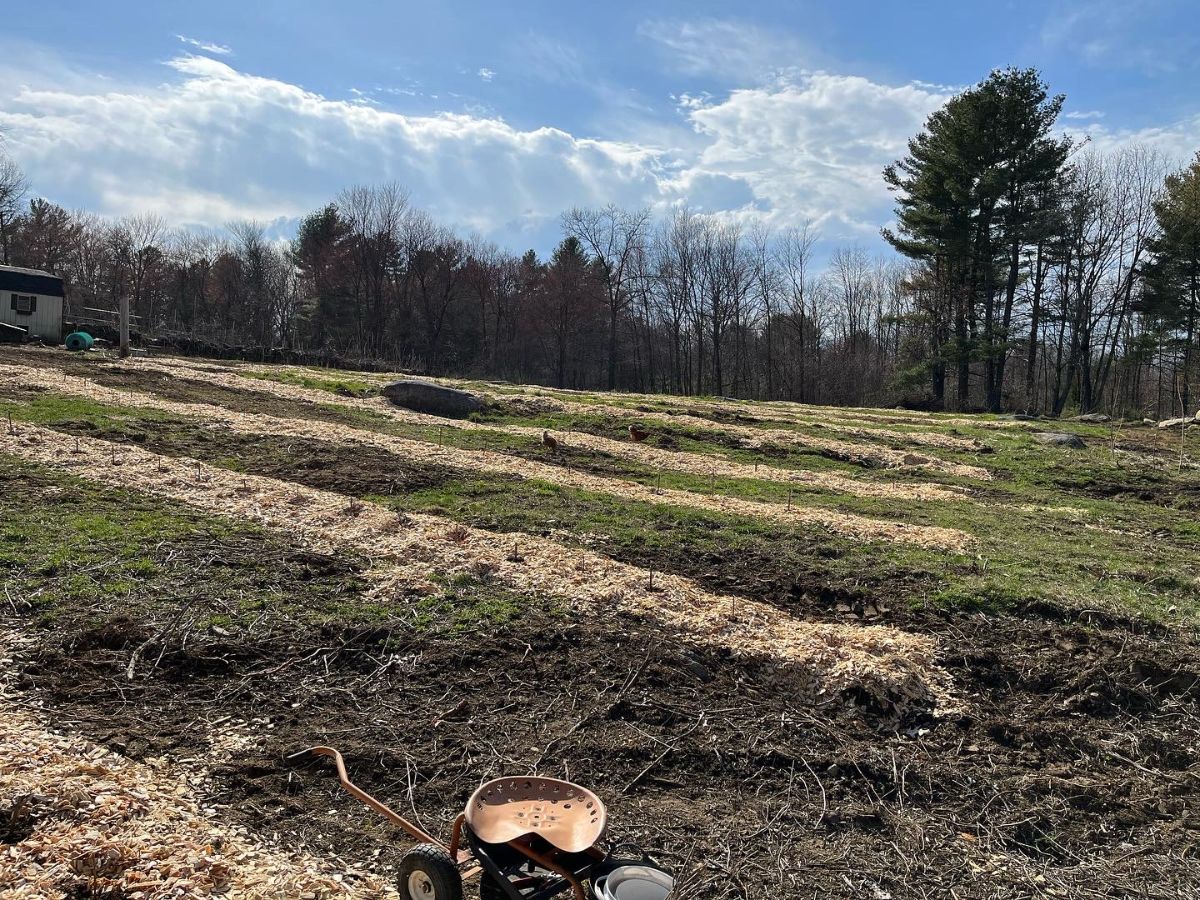
Not only will these yard and garden tasks give you something to do over winter, but they will also give you a jump on the upcoming garden season.
Any work you can do outside of the busy yard and garden season is a gift. One that will free up your time for the work of the season when time is so hard to come by!
Many of these tasks can be done whether you have snow on the ground or not. They can all be done if the ground is frozen. Some will only be effective if the ground is mostly free of snow (though a light coating of an inch or two won’t bother anything).
6 Yard, Garden, and Landscape Tasks You Can Do Over the Winter
Here is a list of six things that are great to get done over the winter (and even into the early spring before new growth starts):
1. Mulch berry bushes and orchards (and other ornamental bushes)

Winter is a good time to do this because you have good access to the base of the plants—even plants with a lot of stems. You can easily see what needs to be mulched because the woody stems will stand all winter.
It might be hard to mulch typical soft-stemmed plants and perennials that die back and regrow, but woody-stemmed bushes will be much the same in winter as in spring (minus the foliage).
The mulch will smother weeds and grasses and keep them from coming up in the spring. If you need to pull any dead weeds back, they’ll pull away easily since they’re dry and dead.
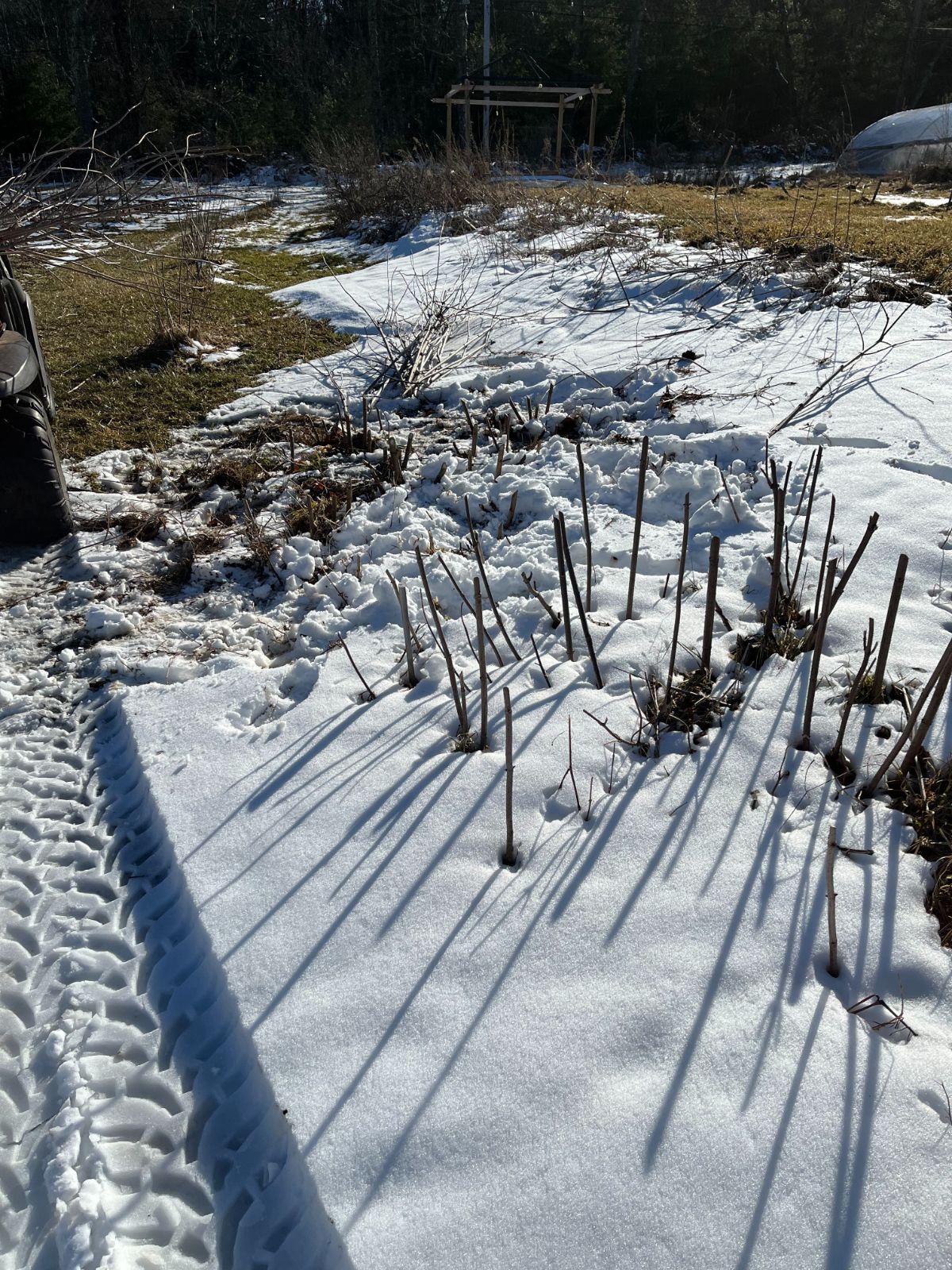
This is much easier to do than to weed whack or cut down weeds and grass before mulching in spring or summer.
Come spring, you’ll have your mulch in place and ready to go, and weeds will never have a chance to get ahead of you.
Just be sure not to let the mulch touch the woody stems (to avoid rot) -- just like you would if you were mulching in spring or summer.
2. Make new garden beds
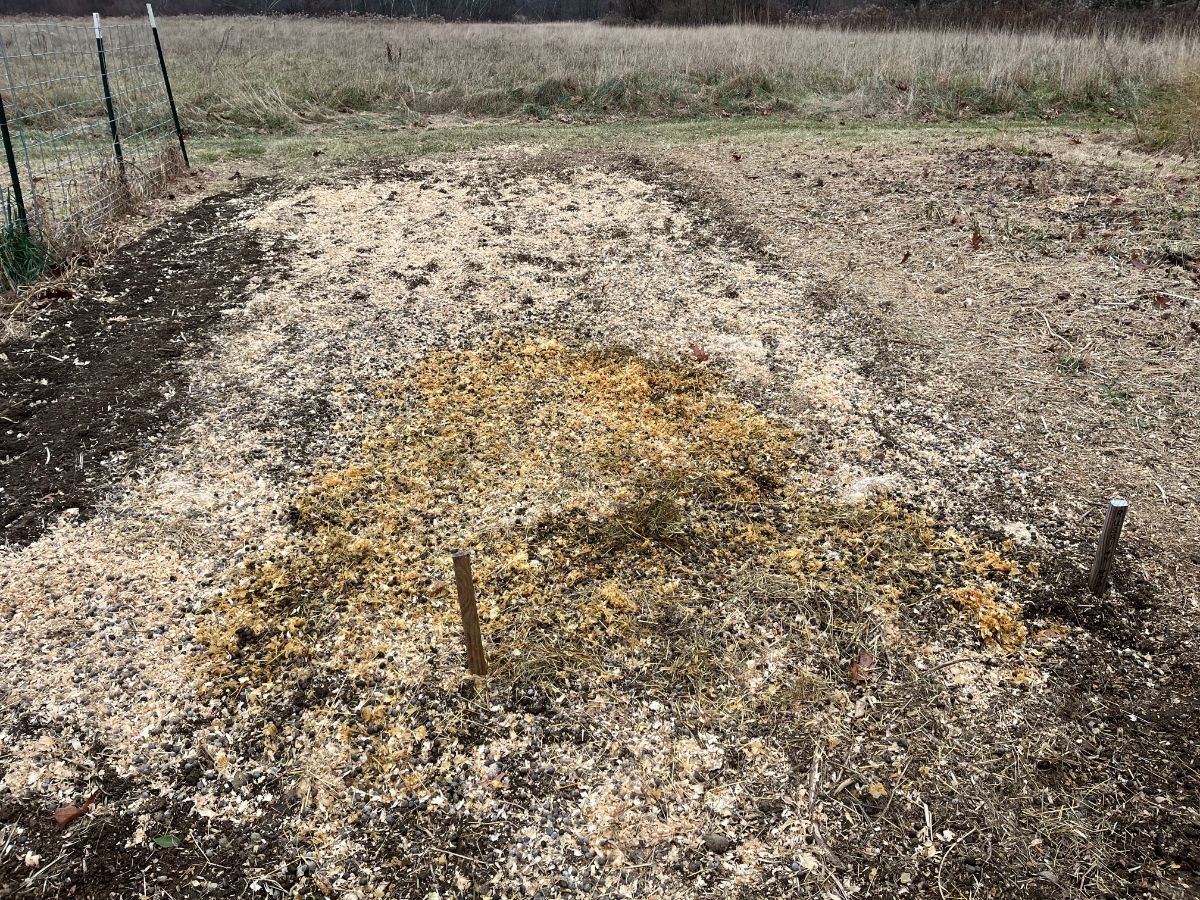
Use sheet mulching techniques in the winter to lay out new garden beds. Lay out sheets of cardboard or several sheets of paper and cover them with straw or wood mulch.
You can do this right over grass or existing plants or weeds. Grass and weeds will be smothered and killed off when regrowth starts in the spring, and then you can plant right through the newly laid garden.
You can even use leftover paper, wrapping, boxes, and cardboard from the holidays to make your new gardens!
3. Lay out new rows
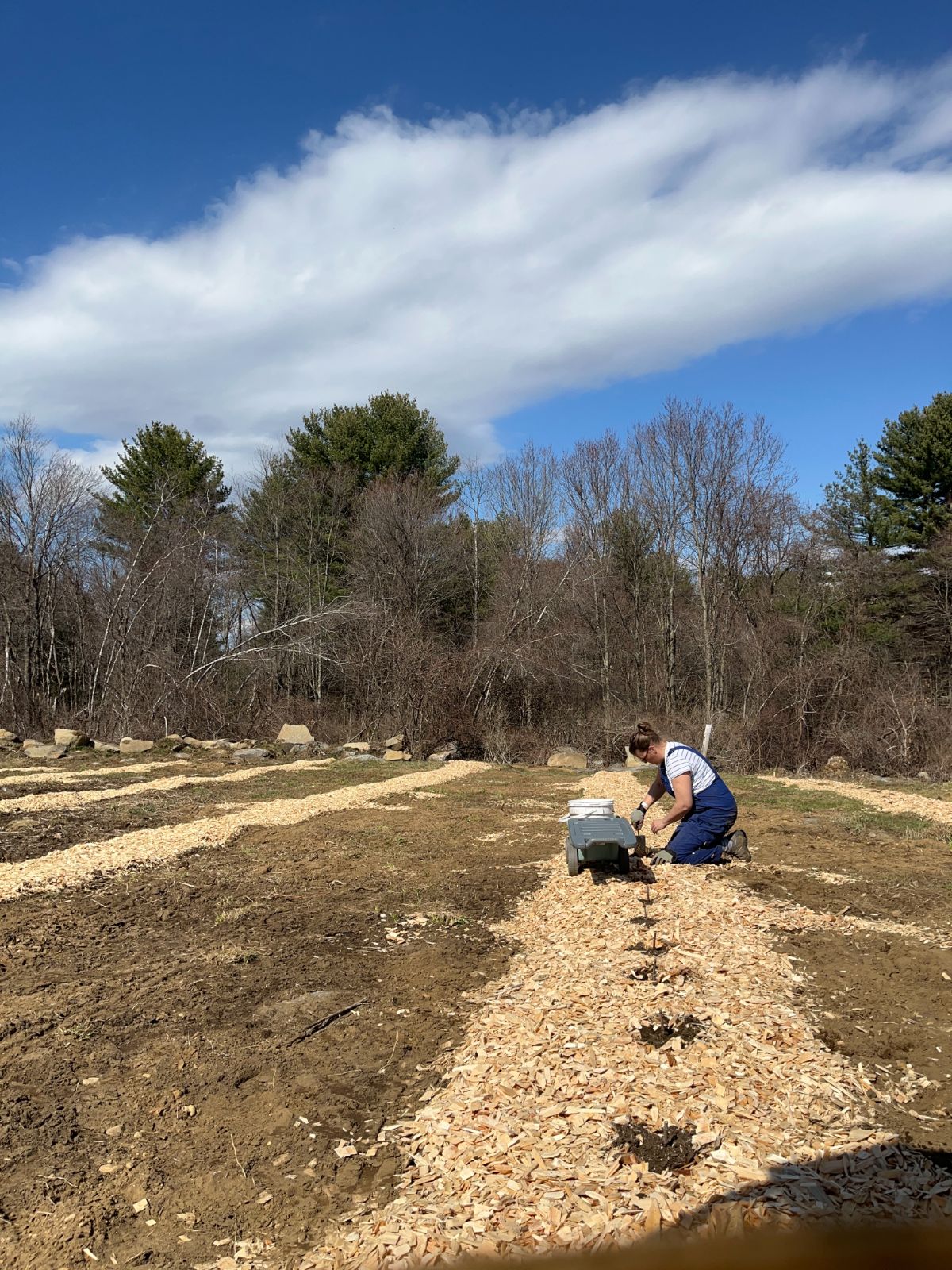
You can do the same to lay out rows in your garden for spring planting. You can do this with paper as your weed barrier or with plastic or landscape fabrics.
This is a great way to grow a no-till garden and to have your garden rows ready and waiting to plant when spring comes. Another excellent weedless gardening technique!
4. Spread natural fertilizers
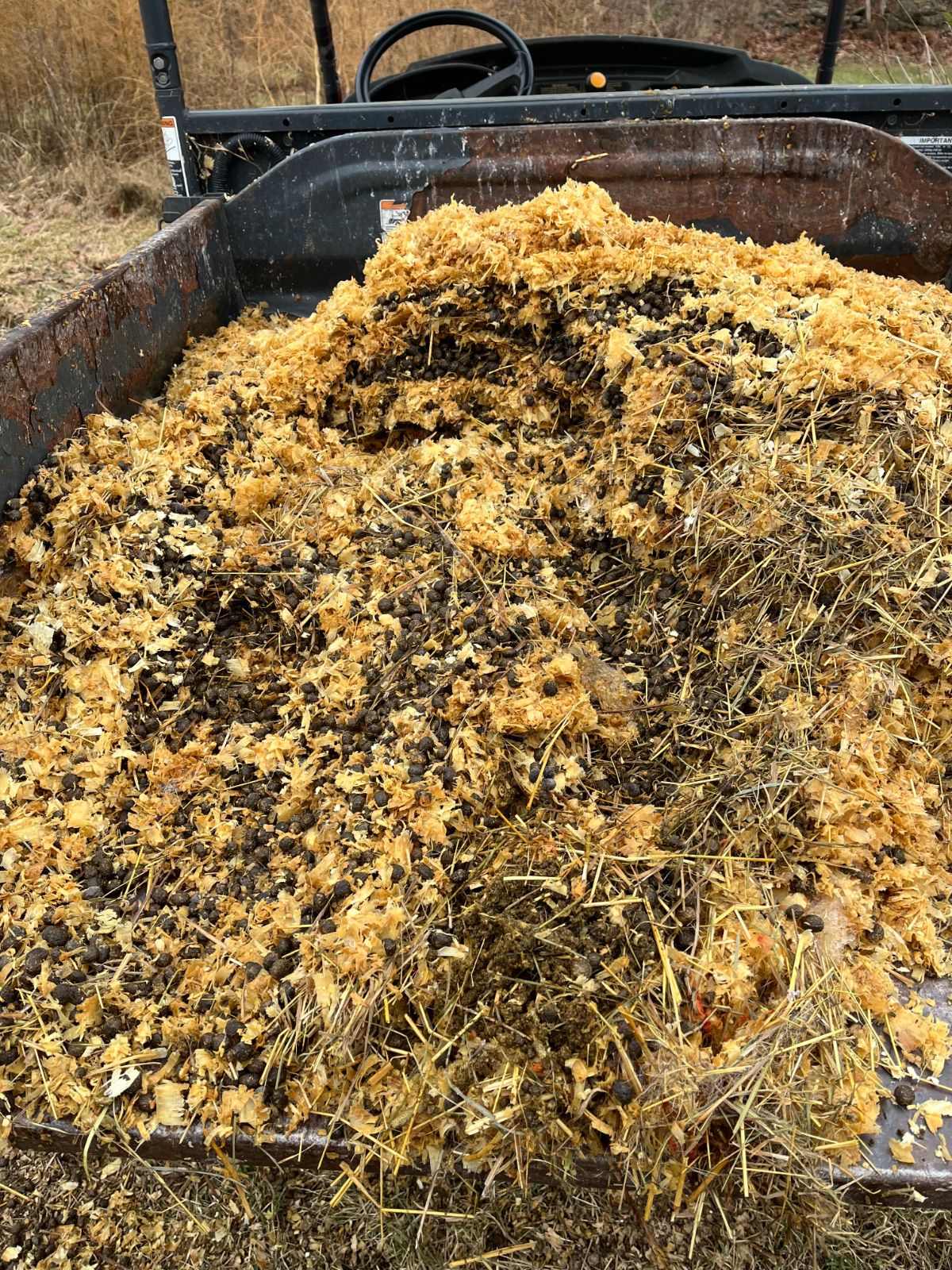
You wouldn’t want to spread synthetic fertilizers that will be gone before your plants can get to them, but natural manures and compost are slow-release fertilizers that will hold in place until the time comes for plants to use them.
Just wait until after any bushes or perennials are dormant before you put new fertilizer on them because an injection of fertilizer before they go dormant can confuse them and result in new growth that gets damaged and killed over the winter.
This is a very good way to deal with “hot” fertilizers like chicken manure or cow manure. It gives the manure time to compost in place so that it is safe for the plants when they are planted and/or when they start to regrow.
5. Cut back brush
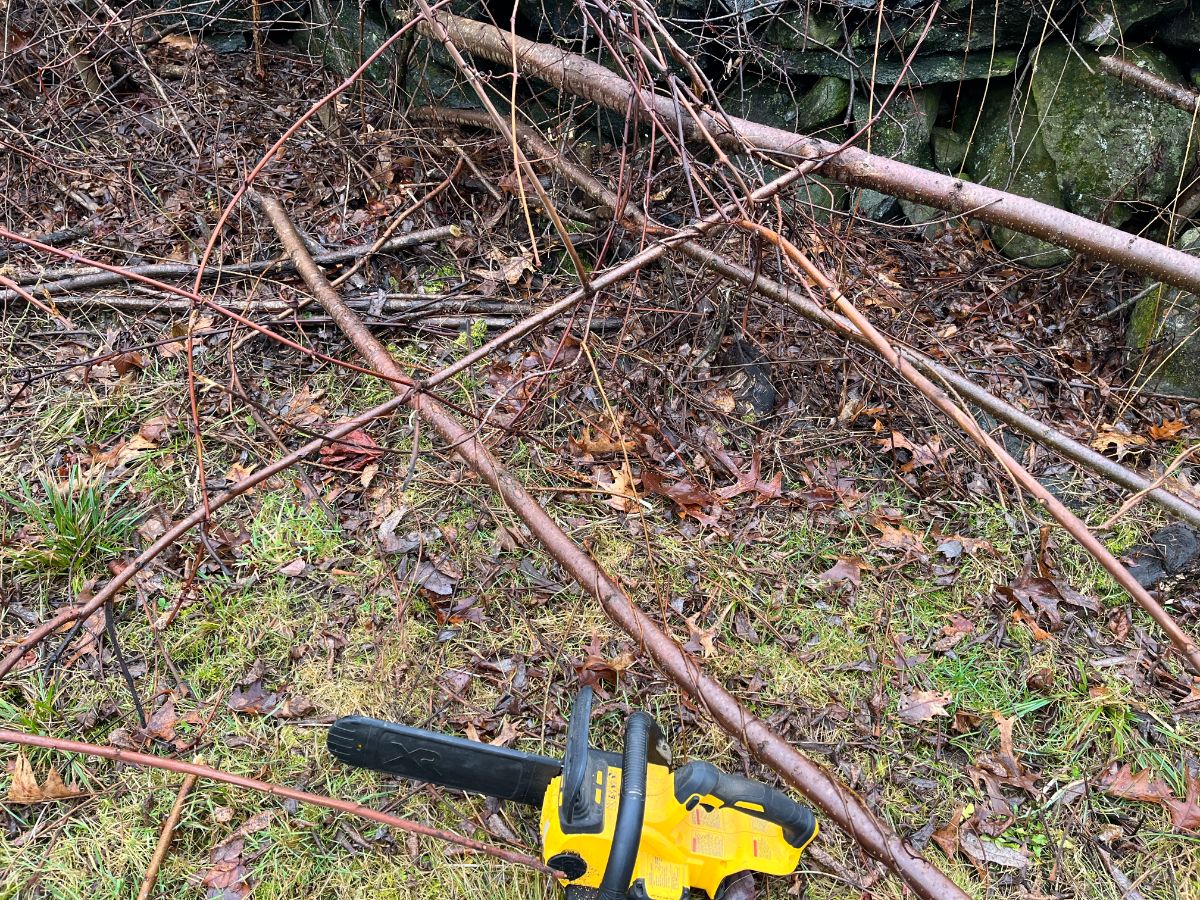
The difference in growth and foliage between summer and winter is incredible. Lush, green growth in the summer can make it hard to get to brush to access it and cut it down.
Once plants and weeds die back in the fall, though, you can easily get to the base of brush, bushes, and trees. This makes it not only safer, but a whole lot easier to cut down messy brush and invasive species.
One other reason to do your brush cutting in the winter is that winter is the best season to burn brush piles in many areas. Winter is usually a time when the ground is wetter, and it’s safer to burn. In many locations, it’s the only time to legally burn brush.
You can also put that ash to good use in your garden! (In fact, the garden might be a good place to burn your piles).
If you choose to chip the brush instead, the wood chip obviously has many good garden uses, too.
6. Propagate new bushes, trees, and plants
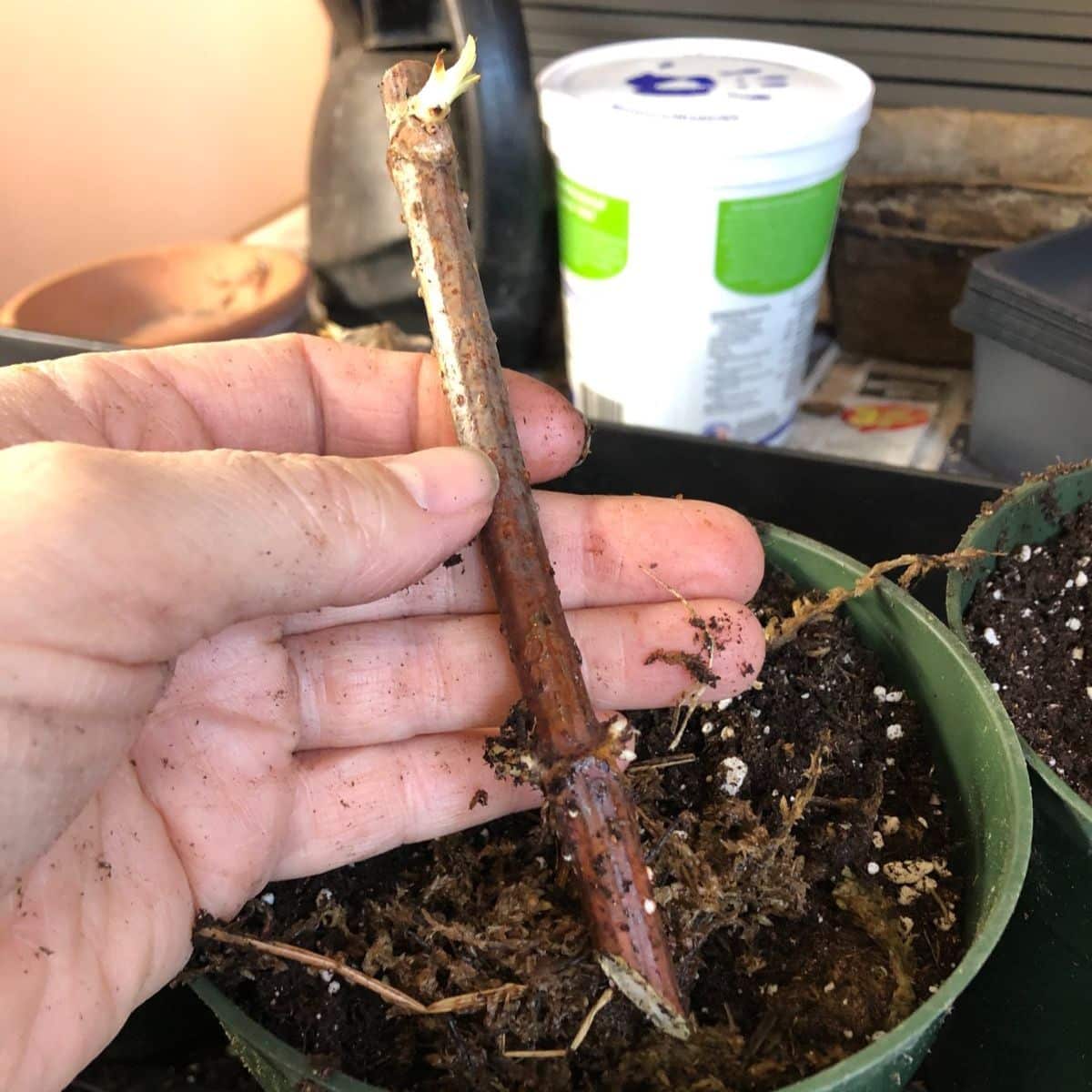
Many berries and bushes propagate well from dormant cuttings. When they wake up in the cool of late winter or early spring, those cuttings’ first priority will be root growth.
If you like, you can bring the cuttings inside or start them in a greenhouse to get a head start, and then plant them out in spring.
Winter, during the dormant period, is the right time to take cuttings of many woody berries and bushes. January through March, before bud break, is the most highly recommended time for taking cuttings of elderberries, for example.
You can also prep and then store the cuttings in the refrigerator to keep them dormant and then plant them in the ground to root in the moist spring. This works for many types of woody cuttings. Starting in pots is always an option, too.
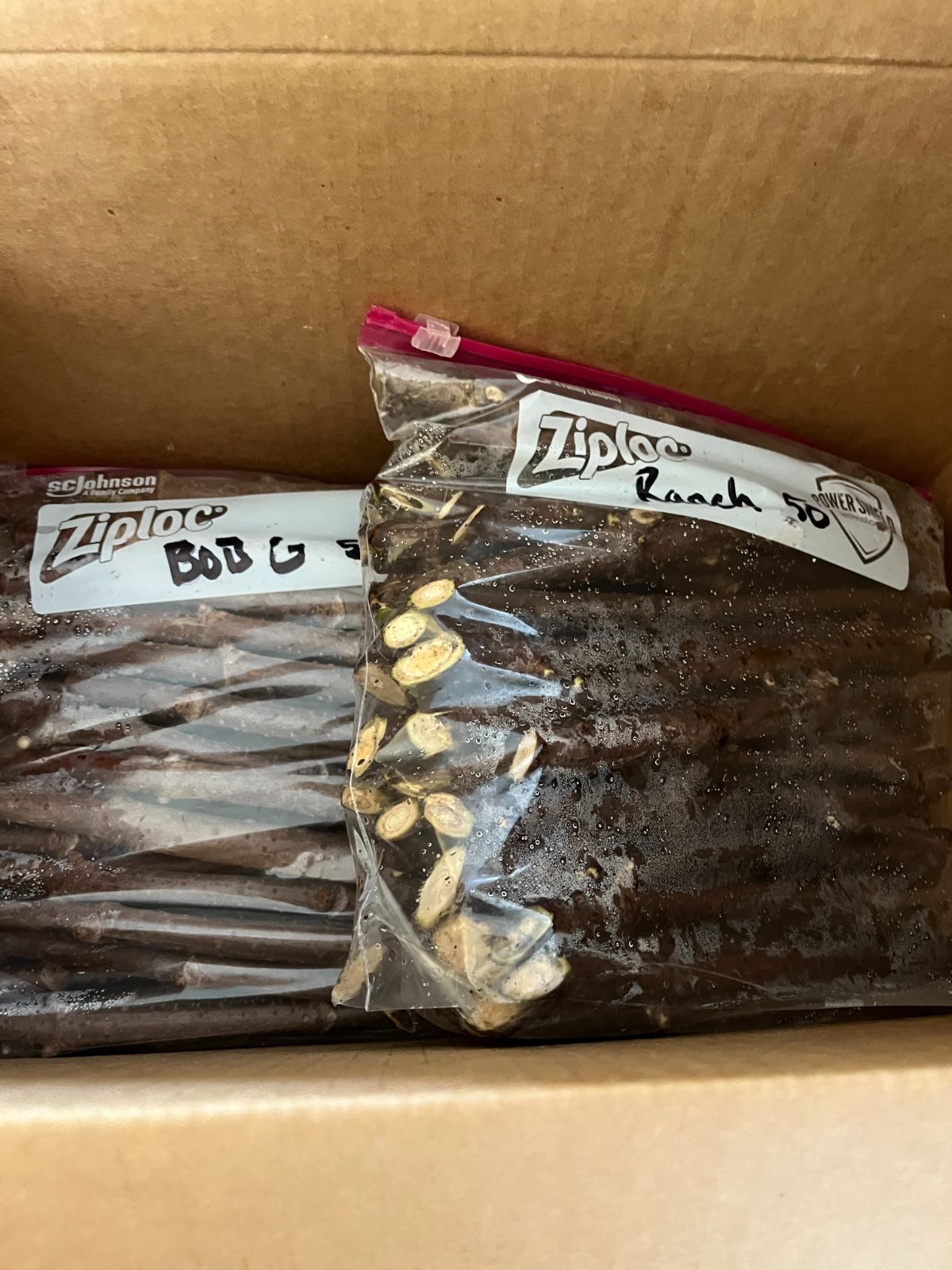
Don’t forget that you can also take cuttings of fruit trees (called scion wood) and graft them onto rootstock to grow new fruit trees.
If you don’t have trees or bushes you want to take cuttings from, you can buy cuttings from other growers, nurseries, and plant/seed catalogs. If you have the cuttings but don’t have rootstock, you can buy just the rootstock, too.
Both rootstock and scion wood are sold by nurseries and mail-order catalogs, but only during the early months of the year. Rootstock and scion wood (and most cuttings) sales typically stop by March or April because successful propagation and grafting happen with dormant cuttings.
These things also tend to sell out fast, so it’s smart to order early.
Why Winter Gardening and Landscaping is Better (Other than the Time Factor!)

There are other reasons to do tasks like these over the winter. The time factor, and having more of it with fewer demands upon it, is a big one. But access and ease are a big one, too.
In the winter, grasses and weeds have died back. This gives you better access to the base of plants and makes it easy to do things like lay mulch and create beds without having growing plants in your way.
Having mulch and fertilizers in place early in the spring can result in plants that are better prepared for the growing season. Preventing weeds from ever-growing reduces competition and preserves soil nutrients for your bushes and plants.
Early access to fertilizer means it’s there whenever your plants need it—another boon that gets your plants off on the right foot come spring.
And, having some tasks you can do in the winter helps you to stay physically active, gardening fit, and get out there and enjoy your hobby and some fresh air!

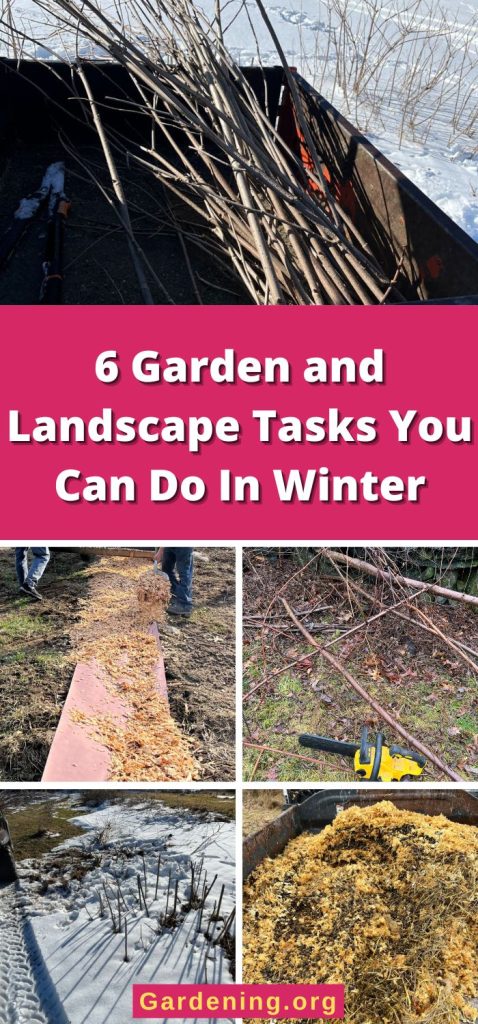
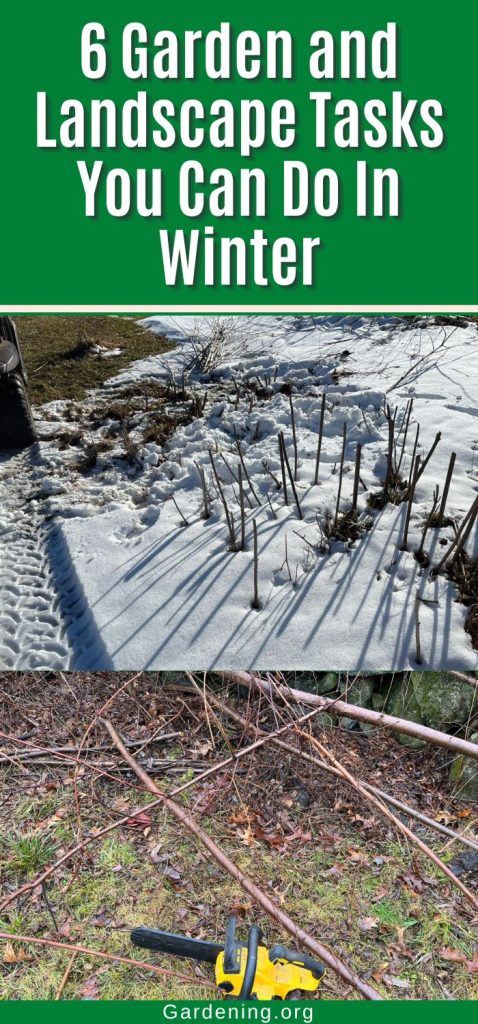






Leave a Reply